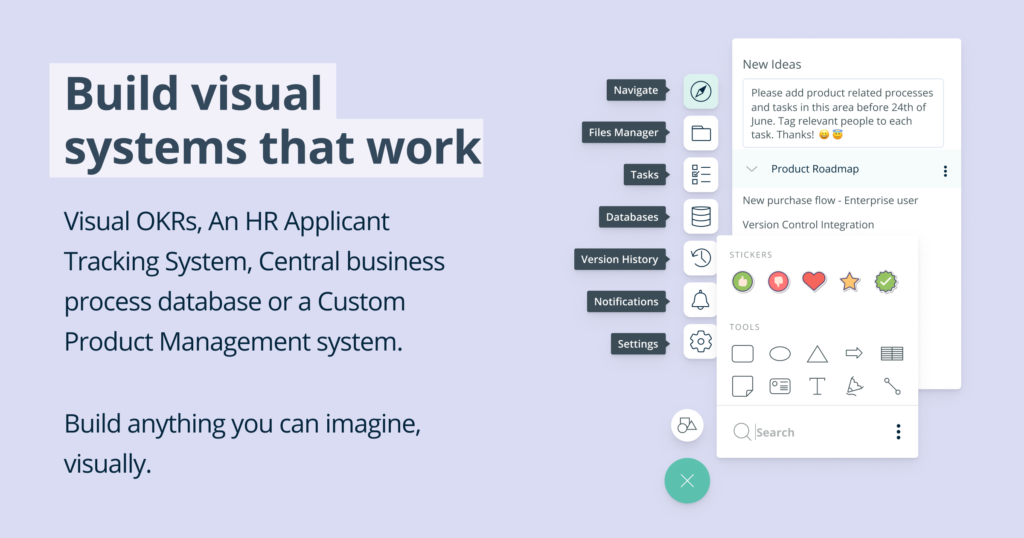How to be a Business Analysis Manager & be great at it. | A Framework
Managing a team of Business Analysts has many dimensions and challenges especially in larger organisations where these groups are large and diverse. There are some things you can implement which answers the question of ‘how to be a business analysis manager’ and be a good at it! The Business Analysis Manager often gets much too focused on allocating Business Analysts to projects to keep the demand coming from Project teams at bay but they seldom take the time to really support the individual Business Analyst to achieve their professional development goals and career aspirations.
This blog article puts the focus on how to be a Business Analysis Manager by implementing some processes and tools to empower the Business Analyst and their career plans whilst not over burdening themselves with a huge additional workload. We outline a conceptual framework for the line management of Business Analysts and describe key principles as well as activities to implement to ensure a successful, transparent and consistent Business Analysis line management capability within a Business Analysis team or department.
What is the purpose of having a Business Analysis Line Management Approach in place?
The purpose of this Business Analysis Line Management Approach for Team Leaders is to provide a framework to support all the Business Analysis Line Managers in their role of being a leader to their team of Business Analysts.
 The specific goals of having such a framework is to:
The specific goals of having such a framework is to:
- Put the emphasis on providing the opportunities for Business Analysts across the Business Analysis team to achieve great results in their Business Analysis Careers.
- Provide a standard and consistent approach for executing line management activities across the Business Analysis team to ensure a fair and transparent leadership style.
- Empowers Business Analysis Team Leads with the tools, processes and guidelines to achieve the best outcomes for the Business Analysts they lead.
- Creates a supportive environment for growth and professional development for both Business Analysts and their Team Lead line managers.
The Business Analysis Team Vision
Before implementing a formal line management approach like the one we are referring to here it is important to agree on a vision for the Business Analysis in its entirety so that everyone in the team can aspire to achieve the same end goals. An example of a vision that was applied for this Business Analysis Line Management framework is outlined below:
The Business Analysis Leadership Team has a vision to…
- PEOPLE: Provide people the opportunity to grow, be challenged and enrich each individual’s Business Analysis career
- LEADERSHIP: Create a supportive and trusted leadership environment
- EDUCATE: Encourage continuous learning and professional development to achieve career goals
Which will result in…
- TEAMWORK: Enable a highly motivated, inspired and productive Business Analysis Department Team

Business Analysis Department Line Management Framework
Instead of every Business Analysis line manager in the team choosing their own individual process, tools and activities for managing the Business Analysts in their teams, it is important to agree some standardised roles and responsibilities that apply to everyone in the organisation.
Example Roles and Responsibilities for the Line Manager and the Business Analysts in the context of managing the line management milestones and meetings throughout a performance year could be:
What each Business Analysis Line Manager should do?
- Conduct the Professional Development Meeting
- Conduct the Performance Management Review Meeting (mid year and final)
- Facilitate a regular 1:1 Monthly Meeting throughout the year
What each Business Analyst should do?
- Complete Professional Development Plan prior to meeting with the line manager
- Complete Performance Management Review prior to meeting with the line manager – mid year and end of year final
- Complete a Monthly Progress Report for record & discussion during meeting
- Collect stakeholder (Project Managers, Business Stakeholders, Peers) feedback reports to provide as evidence of good performance
- Organise the 1:1 Monthly Meeting with line manager and ensure it takes place
Business Analysis Department Line Management – Monthly Meeting
Looking closer at what should be achieved during each monthly line management meeting during the year. We have outlined some key considerations, responsibilities and discussion items to be included during every 1:1 monthly meeting between the Business Analyst and the line manager.
 Every monthly meeting should be focused on…
Every monthly meeting should be focused on…
- A milestone towards achieving Career Goals
- A milestone towards achieving Performance Objectives
- Providing support, advice and guidance on how to achieve professional goals and aspirations
- An opportunity for the individual to raise problems, find solutions and seek areas for further growth
Ownership & Accountability is shared between the line manager and the Business Analyst
- Business Analysts must set up & ensure each meeting occurs every month
- Line Managers must facilitate the meeting and ensure predetermined outcomes / milestones are covered
Topics to cover during the Business Analysis 1:1 Monthly Meetings
Just as much as the line manager must be ready and prepared to collect answers to the questions listed below, the Business Analyst should be prepared to answer these questions, ask questions and seek advice. It is up to the Business Analyst to take advantage of these topics during every meeting to ensure a successful career outcome.
- Topic: Projects
- Support: How can I support you in achieving your current Project tasks and deliverables?
- Feedback: Have you received formal feedback from your PD, PM, Business Stakeholder or Peers?
- Advice: Can I provide you with some advice and ideas to achieve specific outcomes?
- Status: What is project’s status, timeframes and how does this affect you?
- Topic: Career Goals
- Define: Define a 12-24 month career goal.
- Review: Is your 12-24 month career goal still relevant and valid? Should we review and revise?
- Measure: Have you achieved your career goal? Which milestones have you reached?
- Topic: Professional Development
- Achievements: What went really well this month? What did you achieve in your project, development or for the Business Analysis Department?
- Challenges: What didn’t go so well? What happened and how did you handle it?
- Learning: What lessons did you learn? How will you approach your next similar situation? What did you learn that you didn’t know before?
- Stretch: What will you do next month that you know will stretch your comfort zone?
- Topic: Performance Objectives
- Review: Understand and be familiar with each Performance Objective. Do you have any questions?
- Update: What did you do this month that contributes to each Performance Objective?
- Measure: Have you done enough to “meet” the objective? What have you done so far to achieve “exceed targets”?
Leadership Performance – Receive 360 Degree Feedback
It is best practice to also build in a clear feedback mechanism for the Business Analysts to provide direct feedback about the performance of their line managers. The type of feedback to collect would include aspects around the following:
- Are they following the agreed Business Analysis Department Guidelines & Approach
- Leadership Skills: Receiving feedback on a line manager’s ability to be a supportive, trusted and a confident leader to their team.
Suggestion: Include this feedback report as part of the Line Managers key performance objectives on their Performance Management Review (PMR) as well. This way it provides a clear incentive for the line manager to perform well throughout the year and provide the Business Analyst with the required support, advice and guidance on a continuous and consistent basis.
Line Management Implementation & Management Activities
The following list of activities is essential for the Business Analysis team to implement in order for a successful line management framework to work in practice. Consider each of these suggestions carefully when you create your implementation plan for your Business Analysis line management framework implementation:
- Each new Team Leader must attend a Line Management Induction Session facilitated by a BA Lead / Business Analysis Department Lead on a quarterly Business Analysis so that the team leaders are uniform in their approach, processes and agreed policies for the wider team.
- Each Team Leader should be supported with formal Leadership Training to ensure they develop the correct people management skills and understanding of the importance of providing the right leadership for each individual’s personal needs.
- Each Team Leader should be measured on their Line Management performance on a quarterly Business Analysis which contributes to their Performance Management Results.
- Business Analysis Department Extended Leadership Meeting which includes all team lead line managers to ensure they have an awareness of the Business Analysis Department strategy and direction. This meeting should also share common issues and find solutions in a central group to ensure the team supports and remains committed to the Business Analysis Department Line Management Approach.
In conclusion
It is absolutely vital to the success of each individual within the Business Analysis department to receive a fair, consistent and supportive line management framework to perform in, receive feedback and professionally develop in. When a Business Analysis team neglects this very important aspect of their workforce’s maintenance and support, then the team’s productivity will be low and the overall department’s results will be compromised. It is therefore in the best interest of the organisation to make sure they look after the Business Analysis line management capability and procedures within their Business Analysis team to ensure a successful and productive outcome overall. We trust this article has provided you with some clear guidelines on how to be a business analysis manager and how to do it well.
Please provide your opinion and views on this article below.





